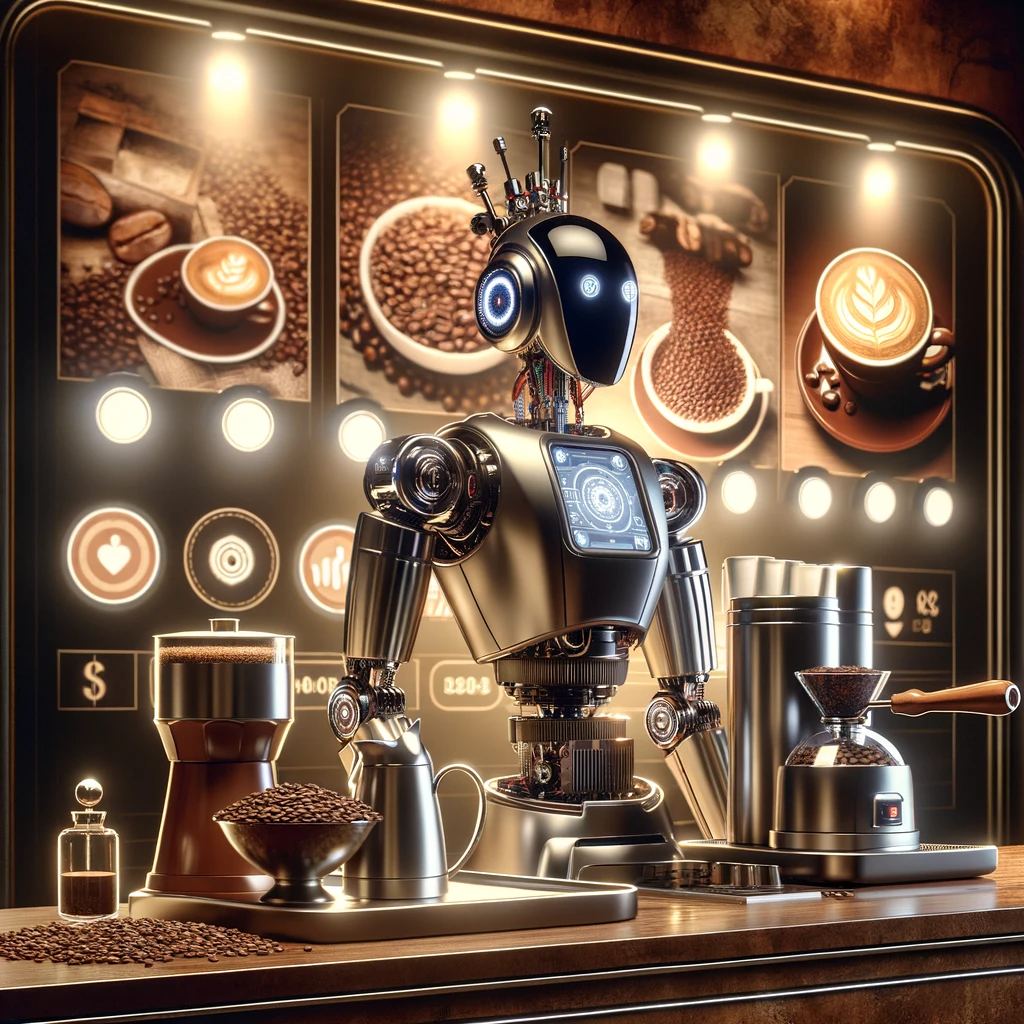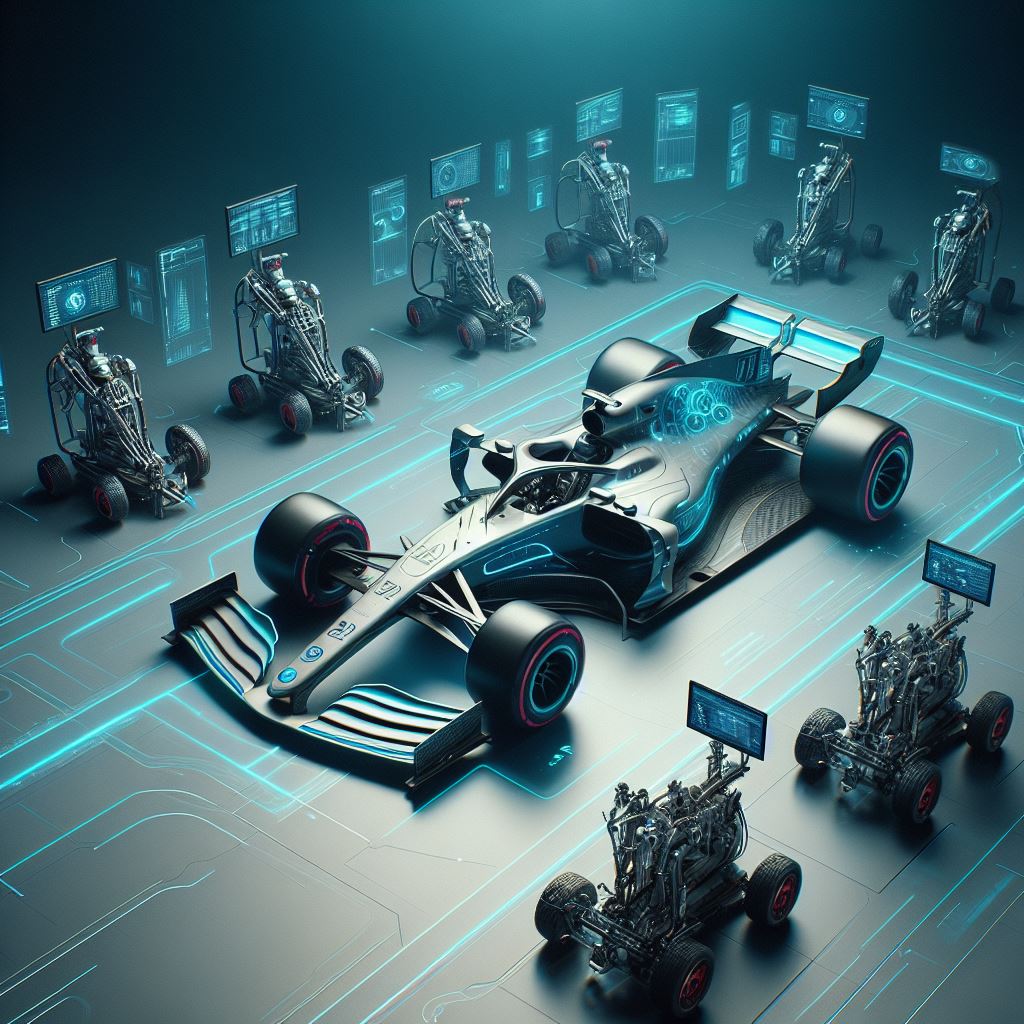At the ongoing Consumer Electronics Show (CES) 2024 in Las Vegas, Richtech Robotics has unveiled its latest creation, ADAM – a two-armed robot barista. This innovative robot is not only capable of preparing a wide range of beverages but also impresses attendees with its ability to engage in light-hearted banter and tell jokes, thanks to generative AI similar to ChatGPT. While ADAM’s technological prowess is undoubtedly fascinating, the six-figure price tag associated with this robotic wonder raises questions about its value as an investment.
Is the banter worth six figures?
The cost of ADAM, which is equivalent to the price of a daily cup of coffee for approximately 128 years, might give potential buyers pause. However, it’s important to note that ADAM’s primary target market is not homeowners but coffee shops and bars. Designed with the service industry in mind, ADAM can efficiently take orders and prepare a vast array of beverages, from boba tea and coffee to whiskey shots and cocktails. One of ADAM’s standout features is its tireless work ethic; it never gets tired and can work tirelessly to serve customers.
Phil Zheng, Richtech Robotics Chief Operating Officer, emphasized ADAM’s versatility, stating, “He can be applied to almost every single kind of beverage making application. And here you can see him filling up ice, washing out the cups, getting milk, and then brewing the coffee and then making, in this case, a foamy hazelnut latte.” ADAM’s capabilities extend beyond beverages, as it can also prepare food. This is achieved through a combination of robotic arms, AI, cameras, and facial recognition software, allowing ADAM to excel in various tasks related to food and beverage service.
ADAM’s impression on CES attendees
Visitors at CES 2024 were quick to share their impressions of ADAM’s barista skills. Jon Gregory, a 37-year-old tech enthusiast from Baltimore, described his experience with ADAM’s hazelnut latte, stating, “It’s great. The robot made it all on its own. It tastes great. Very foamy, very cold. It’s really nice.” Arun Prasad, a 38-year-old tech enthusiast from Detroit, echoed the sentiment, saying, “I think it’s fantastic. I don’t think there’s any difference from what a human would have done. It tastes exactly the same. But, I think the coffee is fantastic.”
ADAM’s niche in the service industry
While ADAM’s capabilities and positive reception at CES are undeniable, it’s essential to consider its intended niche in the service industry. ADAM is designed to enhance efficiency and customer service in coffee shops, bars, and similar establishments. Its ability to consistently produce high-quality beverages and food without fatigue can be a game-changer for businesses looking to streamline their operations and maintain consistent quality.
However, before baristas and service industry workers worldwide panic about the potential automation takeover, there is an important caveat to consider. ADAM, while impressive, is not a replacement for human touch and expertise in all aspects of customer service. It excels at repetitive tasks, such as preparing beverages and simple foods, but it lacks the nuanced interpersonal skills and creativity that human baristas bring to the table.
The future of robotics in service
As technology continues to advance, robots like ADAM are likely to find their place alongside human workers in the service industry. They can help businesses meet the growing demand for quick and efficient service while freeing up human employees to focus on more complex and personalized customer interactions.
ADAM, the two-armed robot barista from Richtech Robotics, has certainly made a significant impression at CES 2024 with its ability to prepare a wide range of beverages and engage in friendly banter. While the six-figure price tag may raise eyebrows, it’s crucial to recognize ADAM’s potential in the service industry, where it can enhance efficiency and customer service. However, it’s equally important to understand that ADAM is not a replacement for human baristas but a valuable addition to the workforce. As technology continues to evolve, the coexistence of robots and humans in service roles may become the new norm, offering the best of both worlds to customers and businesses alike.





